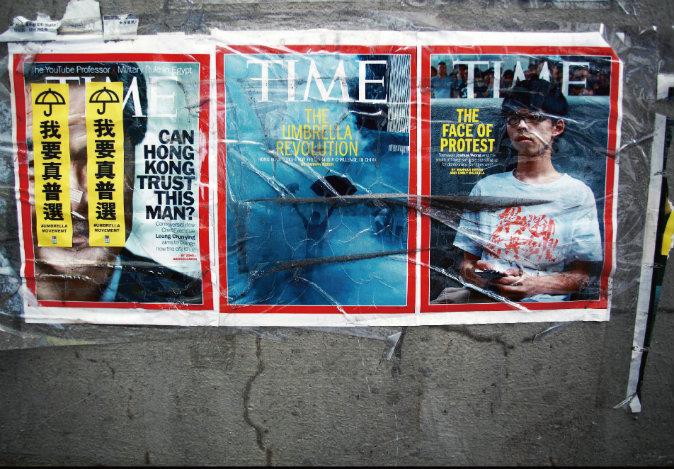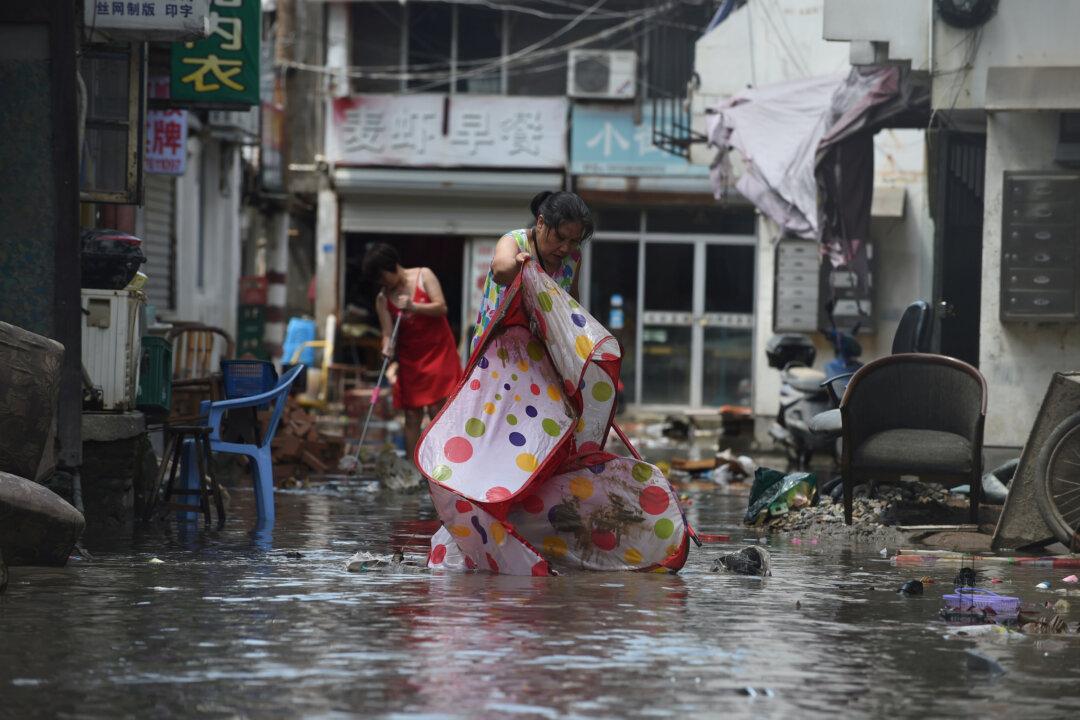The Umbrella Movement didn’t just politically awaken Hongkongers; it also brought out their artistic side.
During the nearly three-month long street demonstrations, Hongkongers journeyed to three main protest sites—Admiralty, Mong Kok, Causeway Bay—to craft sculptures, make ornaments, fold origami, and draw cartoons.
Symbolic of the Hong Kong people’s wishes and aspirations for true democracy, these creative works have been recognized as precious cultural treasures in the history of civil disobedience.
"Through these photos, I hope that those who have not witnessed this movement will be able to feel the protesters' heartfelt wishes and their unstoppable determination and courage."

